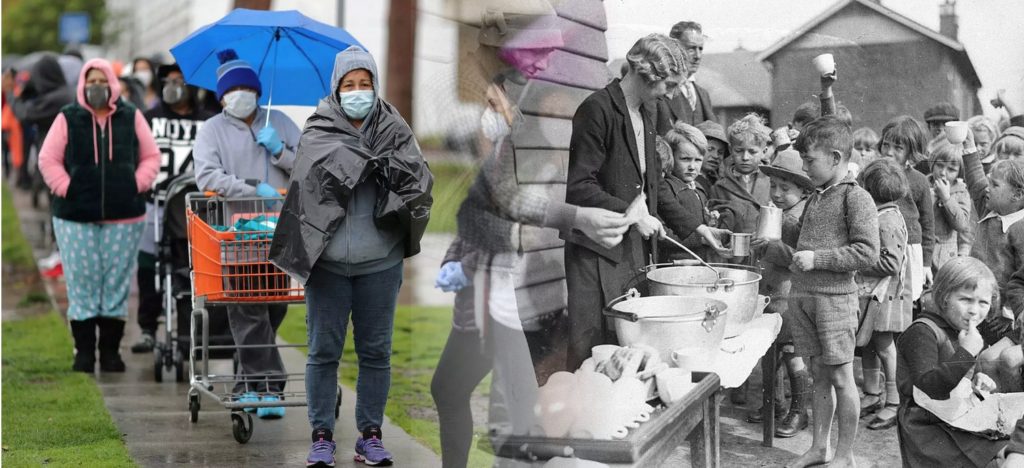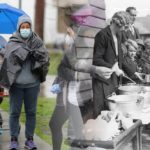Future Justice Moment By Moment
Contributed By: Rev. Mark Breese
(Download Reflection)
Pastor Mark is the Agency Minister and the VP of Ministry & Community partnerships at Community Missions.
I have been thinking a lot about the future during the past few weeks. I suppose everyone else is too.
For me, and many others I would bet, these thoughts about the future all mainly boil down to just three things:
- “When will everything be safe again?”;
- “What can I do to help make this all end sooner for everyone?”; and
- “What will the future look like?”
I guess there is one more thought or question many people are having, and it would go something like:
“Yesterday was… Thursday… right?”
But it’s the question about the future that’s with me most: “What will the future look like now that this has happened?” The reason this is so up front in my thoughts is because this pandemic has stripped away some of the glossy surface of what had been a long stretch of rosy economic news. Yes, all the jobs we have suddenly lost, and all the hardship that has come with it contribute to the why the shine is coming off the apple—but that is not what I mean.

No, the ‘gloss’ I am thinking about, was the gloss that was keeping many people from seeing all the cracks, scratches and even gouges that were already there; all those who, before the pandemic, were already living with day to day financial insecurity, inadequate housing, and no access to healthcare. That is part of why the question about the future is so pressing right now for me, and I think for so many people of faith. What can we do about making a difference, so the future does not end up with that shiny, but misleading gloss that hides problems that need to be addressed?

In my online wanderings I ran into an article (What the Church can Learn from Octavia Butler, by Cody J. Sanders, Sojourners, May 14, 2020) that helped me bring together my question about how to understand and approach these current days, and especially the future. The article mentioned how individuals and churches have responded in the present to help their communities—how they used their gifts to do so. Then it said this:
How can we build on these capacities and gifts in a near-future world that develops along the fault lines of our present? What are the embodied feelings we experience in response to this pandemic that will be exacerbated by the extension of these fault lines? Anger, fear, despair, impatience, defensiveness, and fatigue come immediately to mind. Given these, what practices of care do we need to cultivate in order to promote the flourishing of love, awe, wonder, joy, patience, defiance, persistence, and a deep sense of belongingness?
And maybe that is a way forward. In the future we are all moving towards, how will we channel both the compassionate responses we have been able to mount during this pandemic and the all those feelings and challenges it continues to bring? As people of faith, this is probably the single most important question we face. The scope of what needs to be done to make the future more just than it was before is daunting, but people of faith are not a people without hope.
The way forward is the way of change, giving and doing—however large or small our individual and corporate actions may be. That is how true redemptive hope behaves in the face of immediate struggle and how it must behave, even more strongly, as struggle passes.
It is time to really start thinking and talking about this future. No matter how long the current situation remains, or how quickly or slowly the pandemic recedes, we live from the past into the future moment by moment, day by day. We need to be seeking out and taking the actions that will create a better and more just future, moment by moment and day by day—On this … Friday? … or whatever day it might be.
Pastor Mark

